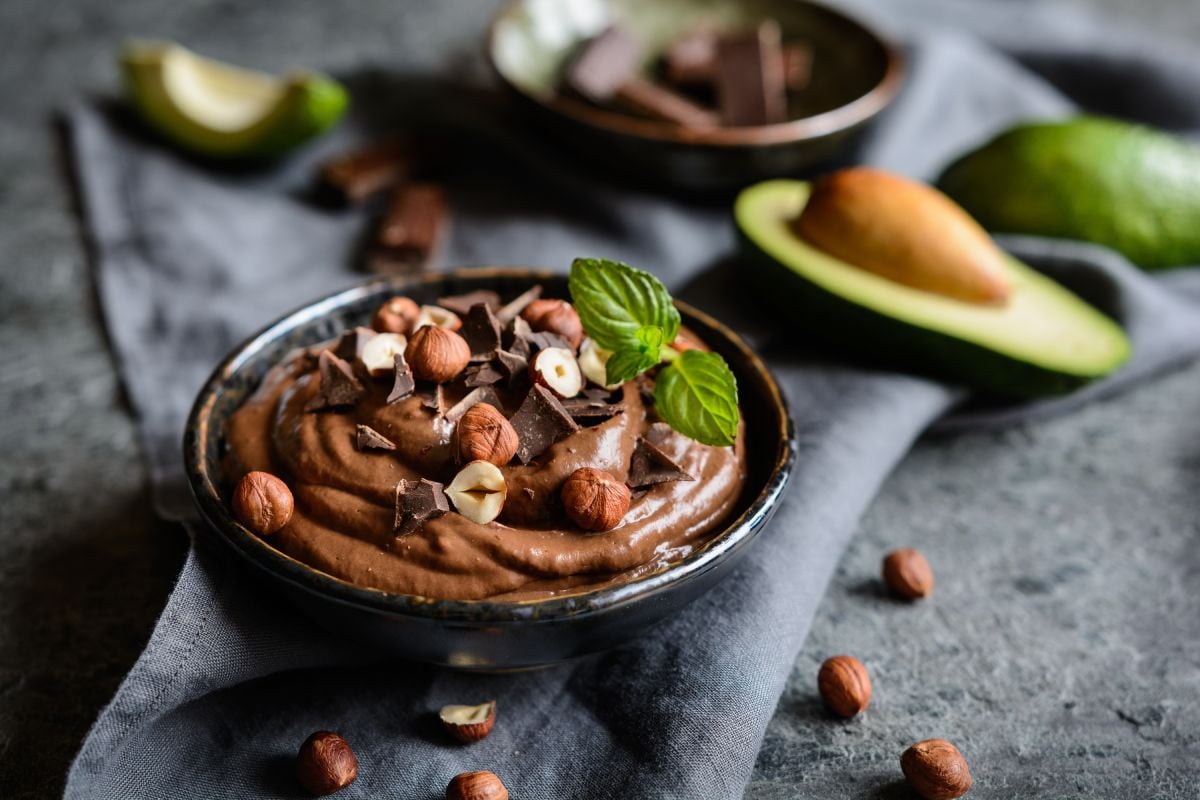Whisky and bourbon are two popular types of distilled spirits made from grains, but they have unique characteristics. Despite some similarities, they have many differences: the raw materials used in production, the maturation process and flavour profiles. This article examines the disparities between whisky and bourbon in detail.
What is whiskey?
Whiskey (or whisky, depending on the region) is a popular alcoholic spirit made from fermented grains. Whiskey is made by distilling fermented grains, such as barley, corn, rye and wheat. These grains are mashed and mixed with water and yeast for fermentation, which converts the starches in the grains into sugars that become alcohol. The fermented mash is then distilled to create a higher concentration of alcohol, and the resulting spirit is then typically aged in wooden barrels.
Oak barrels are commonly used for ageing whiskey, as they impart flavour and character to the spirit. The type of wood used for the barrels, as well as the length of time that the whiskey is aged, can have a significant impact on the final product. The wood can also influence the colour of the whiskey, with some varieties taking on a deep amber hue.
Whisky is produced in many different countries, each with its own unique style and regulations. Some of the best-known varieties include Scotch whisky from Scotland, Irish whiskey from Ireland, bourbon whiskey from the US and Canadian whisky from Canada. Each of these types of whisky has distinct characteristics, such as the types of grains used, the distillation and ageing processes and the flavours and aromas that are associated with them.
Scotch whisky must be made from malted barley and aged in oak barrels for at least three years in Scotland. Irish whiskey, on the other hand, can be made from a variety of grains and must be aged for a minimum of three years. Bourbon whiskey, primarily produced in the southern US, must be made from at least 51% corn and aged in new, charred oak barrels. Canadian whisky is typically a blend of different whiskies and is known for being smoother and lighter in flavour than others.
Despite the differences between all these types of whiskey, they are all made using similar basic principles. The grains are mashed, fermented, distilled, and aged in barrels to create a rich flavour and complex spirit. The length of time that whiskey is aged, the type of wood used for the barrels, and the other ingredients used in the production process can all significantly impact the final product.
In recent years, the popularity of whiskey has grown tremendously, with many people around the world developing a taste for this complex and nuanced spirit. Whisky is enjoyed both neat and in cocktails, with mixologists worldwide experimenting with new and innovative ways to use this versatile spirit.
What is bourbon?
Bourbon is a type of American whiskey that has gained worldwide popularity in recent years. This beloved spirit is made primarily from corn and is aged in new, charred oak barrels.
Bourbon is thought to have been derived from Bourbon County, Kentucky, which was named after the French royal family of the same name. Despite this association, bourbon does not have to be made in Kentucky or even in the US. However, the country has strict regulations regarding the production of bourbon, which must be followed in order for a whiskey to be classified as such.
The most important requirement for bourbon is that it must be made from a mash bill that is at least 51% corn. Other grains that may be used in bourbon production include rye, barley and wheat. The use of corn in the mash bill gives bourbon its signature sweetness and rich, full-bodied flavour.
Once the mash has been fermented, it is distilled to produce a clear, high-proof spirit that is then aged in new, charred oak barrels. The charring of the barrels imparts flavour and colour to the bourbon, giving it notes of vanilla, caramel and spice. The length of time that bourbon is aged can vary, with some brands ageing their whiskey for as little as two years and others for over a decade.
One of the unique characteristics of bourbon is that it must be aged in new, charred oak barrels. This means that the barrels cannot be used again for bourbon production after the first use. However, the barrels can be reused for other types of whiskey or for ageing other spirits, such as rum or tequila.
A boulevardier cocktail. Photo by Ivan della Nave
Another important factor in the production of bourbon is the use of limestone-filtered water. The water used in bourbon production must be free from impurities and minerals that could affect the final product’s flavour. Kentucky is known for its limestone-rich soil, which contributes to the region’s high-quality water supply.
Bourbon has a distinct flavour profile that sets it apart from other types of whiskey. The sweet, caramel notes are balanced by spicy, oaky flavours that give bourbon its unique character. The sweetness of the corn is complemented by the vanilla and caramel notes from the oak barrels, while the spice notes come from the rye and other grains in the mash bill.
Bourbon is a versatile spirit that can be enjoyed neat, on the rocks, or in cocktails. It is often used in classic cocktails like the old fashioned, the boulevardier, the gold rush and the Kentucky mule and more modern creations like the bourbon sour and the mint julep.
Differences between whiskey and bourbon
Whiskey is a broad category of distilled spirits that includes several subtypes, such as Irish whiskey, Scotch whisky and American whiskey. American whiskey comprises several varieties: bourbon, rye whiskey and Tennessee whiskey.
Bourbon is a type of American whiskey made from a mash bill of at least 51% corn. The rest of the mash bill can come from rye, malted rye grain, wheat or malted barley.
Bourbon is required by law to be aged in new, charred oak barrels, which gives it a distinct flavour profile.
Unlike bourbon, whiskey is not legally required to be aged in new, charred oak barrels. On the other hand, whiskey can be made from various grains, including barley, corn, rye, and wheat. It can also be aged in different types of barrels, including used bourbon barrels.
Whiskey vs bourbon: the taste
Bourbon is known for its distinctively sweet, caramel-like taste that comes from the high percentage of corn used in the mash bill. This sweetness is complemented by the vanilla and oak flavours that come from the new, charred oak barrels in which bourbon must be aged by law. The result is a rich, full-bodied spirit with a warming finish.
Conversely, whiskey can have a wider range of flavour profiles depending on the specific type and production process. For example, Scotch whisky is known for its smoky, peaty flavour, while Irish whiskey is typically smoother and less sweet than bourbon. Rye whiskey has a spicier flavour than bourbon, while wheat whiskey is known for its mellow, slightly sweet taste.
The taste of bourbon and whiskey can also be affected by ageing, barrel type and water source factors. Bourbon, for example, must be aged in new, charred oak barrels, which gives it a unique flavour and colour. On the other hand, whiskey can be aged in different types of barrels, including used bourbon barrels, which can impart different flavours to the spirit.
The water source used in production can also affect the taste of bourbon and whiskey. The limestone-rich water in Kentucky is known for its purity and helps to create a smoother, more well-rounded flavour profile. In Scotland, the water source can significantly impact the whisky’s flavour.







